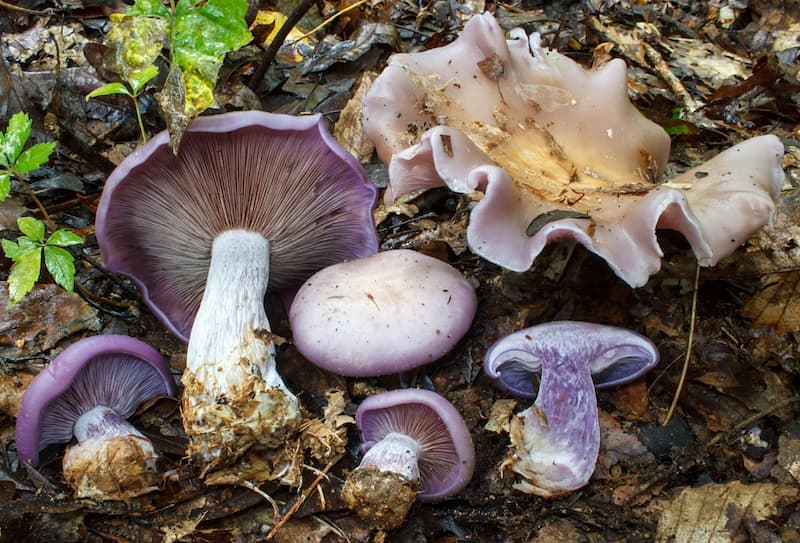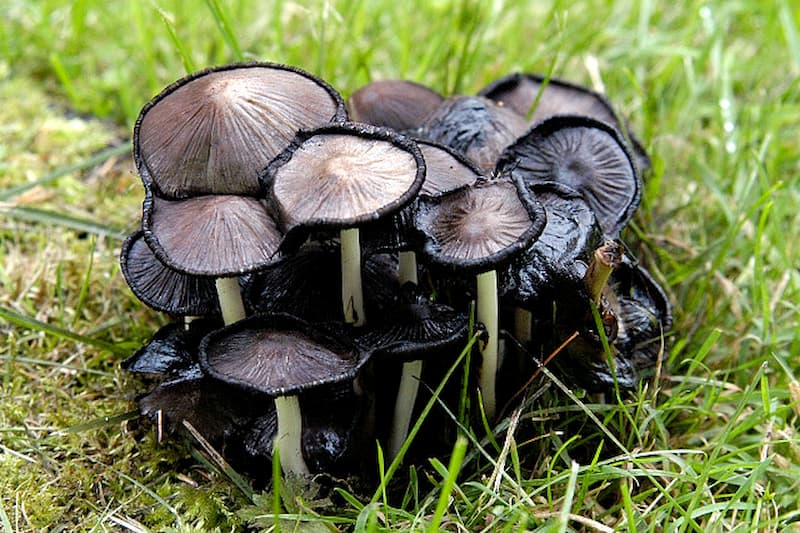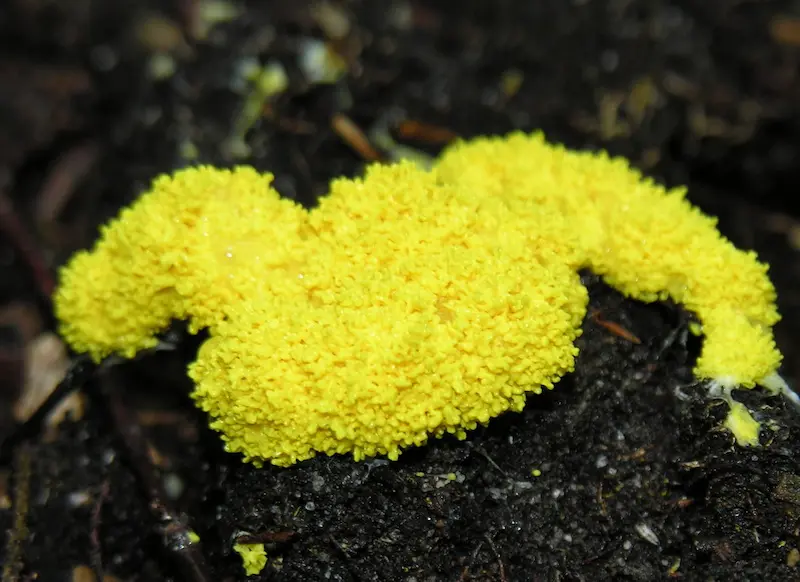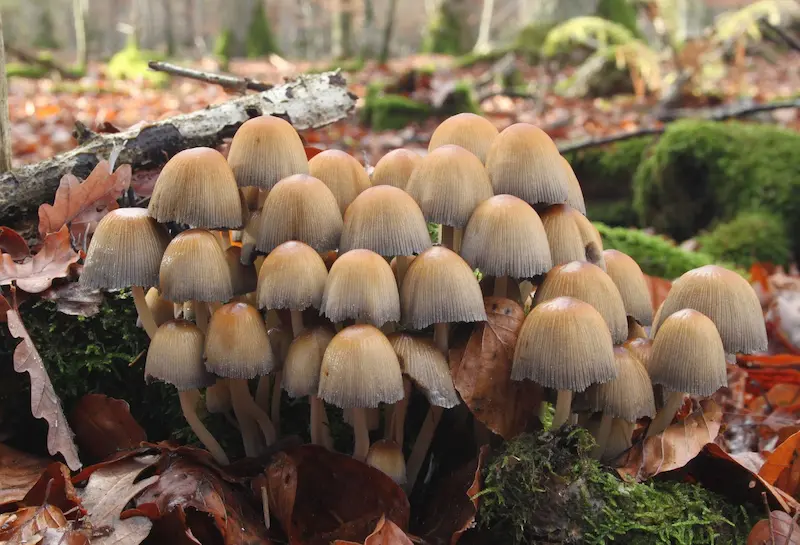Mushrooms Types in the Garden
Mushrooms can be a bit of a mystery. Some people are terrified of them, thinking they might be poisonous. Others see them as a delicious addition to their dinner menu. But what about mushrooms in your garden? Are they helpful or harmful? Contrary to popular belief, mushrooms aren’t harmful to your garden, in fact, they can be beneficial!
What are mushrooms?
Many people believe that mushrooms are simply a type of plant. However, mushrooms are actually classified as fungi. While they share some similarities with plants, there are several key differences that distinguish fungi from plants.
For instance, unlike plants, fungi do not use chlorophyll to produce their own food. Instead, they rely on decaying organic matter for sustenance. This is one of the reasons why mushrooms often grow in gardens – they are able to thrive in areas where there is an abundance of rotting leaves and wood.
Additionally, fungi reproduce differently than plants. Rather than producing seeds, they release spores into the air. These spores can travel long distances and eventually land in a suitable environment, where they will germinate and grow into new fungi. The combination of these factors makes mushrooms well-suited for life in a garden and explains why they are often seen growing in this type of environment.
Why mushrooms grow in a garden?
Mushrooms are a type of fungi that are often seen in dark, damp locations. In general, fungi thrive in moist environments. However, mushrooms can also be found in well-lit areas such as gardens. In fact, there are several reasons why mushrooms may grow in a garden.
One possibility is that the spores have blown into the garden from another location.
Another possibility is that the mushrooms are growing on dead or decaying matter such as tree stumps or fallen leaves. If this is the case, the mushrooms can actually be beneficial to the garden by helping to break down these materials and release nutrients into the soil.
Finally, some types of mushrooms form symbiotic relationships with plants and can help them to grow more vigorously.
Should you remove mushrooms from your garden?
Mushrooms are a Gardener’s friend. In fact mushrooms are actually quite beneficial to your garden. Mushrooms help break down organic matter and release nutrients into the soil that plants can then absorb.
Mushrooms are nature’s recyclers. In this way, they play an important role in keeping your garden healthy and fertile. They also help to aerate compacted soils, making it easier for roots to take hold.
In addition, mushrooms can provide natural protection against some pests and diseases. For these reasons, it is generally advisable to leave mushrooms alone if they appear in your garden. However, there are a few exceptions.
If you have young children or pets who might mistake them for edible mushrooms, it is best to remove them. In addition, if you are concerned about the species of mushroom that is growing in your garden, it is always best to err on the side of caution and remove it.
Other than these two exceptions, there is no need to remove mushrooms from your garden.
Types of garden mushrooms
Several types of mushrooms grow well in organic material such as mulch. Mushrooms are often introduced into gardens by way of mulch. Mulch is often used in the garden to lock in moisture, suppress weeds and protect plants.
All of these mushrooms are nontoxic however just because they are nontoxic doesn’t necessarily mean that you should eat them.
Below are some examples of mushrooms that can be found in the garden;

Clitocybe nuda – The mushroom has a wide, convex cap that typically has a violet-tinged color. The gills are densely packed and are also violet-tinged in color.

Coprinus atramentarius (inky cap) – This mushroom is known for creating an “ink” which is created from its gills that turn black and then create an ink-like substance.

Fuligo septica – This mushroom has been called scrambled egg slime because of the way it looks, it has a distinctive yellowish appearance.

Coprinus micaceus – The color of this mushroom varies, but it is typically some type of amber or honey brown. The caps of this mushroom are covered with light-colored granules.

Macrolepiota rachodes (shaggy parasol) – This mushroom is large in size and has a scaly cap.
Are mushrooms harmful to plants?
No, mushrooms are not harmful to plants. Mushrooms are a type of fungi that lives in the soil. Most fungi are beneficial to plants because they help decompose organic matter and make nutrients available to plants.
In fact, many plants form symbiotic relationships with fungi, with the fungi living in the roots of the plant and helping it uptake nutrients. While some fungi can cause disease in plants, mushrooms do not usually pose a risk to plant health.
What do mushrooms in my garden mean?
Mushrooms are often seen as a nuisance in the garden, but they can actually be a sign of a healthy ecosystem. Mushrooms are the fruit of fungi, which exist in a symbiotic relationship with plants.
The fungi help break down organic matter, providing nutrients for the plants, while the plants provide the fungi with carbohydrates. This relationship is essential for a healthy garden, and the presence of mushrooms is a good indication that the fungi are doing their job.
In addition, mushrooms can help to control pests by releasing chemicals that inhibit the growth of harmful bacteria and fungi. As such, mushrooms play an important role in the health of your garden.
Summary
Mushrooms are a mysterious and often misunderstood part of nature. People are often unsure if they are harmful or helpful in the garden.
In fact, mushrooms can be quite beneficial! They help break down organic matter and increase the availability of nutrients to plant roots, thus contributing to rich, healthy soil. So don’t be afraid of mushrooms in your garden – embrace them!
Author Bio
I am a physician who cares about healthy living. I strive to be as healthy as I can be so that I can thrive in my own life. By sharing what I know I want to help others to live a healthy life.







Leave a Reply
You must be logged in to post a comment.